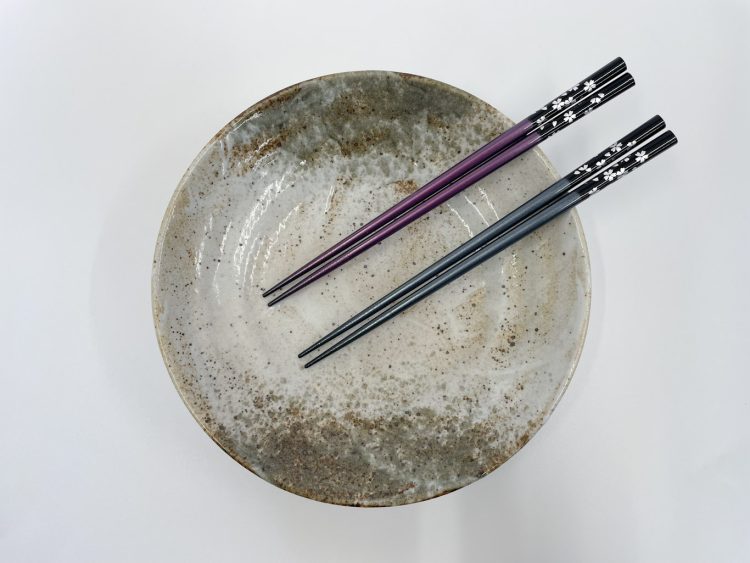News
2025.03.31
Columns
Wakasa Lacquerware: A Traditional Craft Reflecting the Brilliance of the Sea

Table of Contents
1. What is Wakasa Lacquerware?
2. History: The Origin and Development of Wakasa Lacquerware
3. Characteristics: The Techniques and Beauty of Wakasa Lacquerware
4. Conclusion
What is Wakasa Lacquerware?
Wakasa lacquerware (Wakasa-nuri) is a traditional Japanese lacquer craft produced in the region around Obama City in Fukui Prefecture, which faces the scenic Wakasa Bay. In 1978, it was officially designated as a traditional craft by the Ministry of International Trade and Industry (now the Ministry of Economy, Trade, and Industry). Notably, the production of lacquered chopsticks is a thriving industry in this region, accounting for approximately 80% of Japan’s domestic production. Since Wakasa lacquerware is a specialty of Obama City, it garnered attention when former U.S. President Barack Obama received a gift of Wakasa lacquered chopsticks.
This lacquerware is renowned for its exquisite designs, reminiscent of the ocean floor, achieved by layering colored lacquer over materials like shells and eggshells. Its brilliance has earned it the nickname “jewel lacquer.” A distinct feature of Wakasa lacquerware, compared to other lacquerware-producing regions, is the minimal production of bowls—a trait closely tied to its historical background.
History: Origin and Development of Wakasa Lacquerware
The history of Wakasa lacquerware dates back to the early 17th century, during the Edo period, roughly 400 years ago. Its origins trace back to Matsuura Sanjuro, a craftsman in the Obama domain, who replicated a lacquerware technique introduced from China. Sakai Tadakatsu, the then-lord of the Obama domain, was so impressed by the craft that he named it “Wakasa-nuri” and offered it protection under the domain. This support allowed it to flourish into a local industry.
Characterized by its jewel-like brilliance, Wakasa lacquerware became prized furnishings for nobles, samurai, and wealthy merchants. However, during the Edo period, when frugality was valued, it remained a luxury item beyond the reach of ordinary people. As a result, bowls—everyday household items—were not produced, with artisans instead focusing on trays, stacked boxes, inkstone boxes, and tea trays.
Lacquered chopsticks, now the hallmark product of Wakasa lacquerware, began gaining prominence after the Meiji period. By the mid-Meiji era, production had surged from 500,000 pairs to 8 million pairs by 1916, and 15 million pairs by 1924, with chopsticks accounting for around 80% of Wakasa lacquerware’s total production value. The formation of unions to promote sales and establish mass-production systems played a pivotal role in this growth.
Despite experiencing challenges like overproduction and the Showa Depression, the industry rebounded and now dominates the Japanese market, commanding approximately 80% of the share in lacquered chopsticks. Designated as a national traditional craft in 1978, Wakasa lacquerware epitomizes the fusion of tradition and craftsmanship.
Characteristics: Technique and Beauty of Wakasa Lacquerware
The defining characteristic of Wakasa lacquerware lies in its intricate “polishing” technique. Craftsmen create designs using natural materials like shells, eggshells, and pine leaves, applying dozens of layers of lacquer over them. The layers of lacquer are then carefully polished to reveal beautiful patterns reminiscent of the bottom of the sea. This technique not only imparts a deep luster and three-dimensional effect but also enhances the product’s durability.
In most lacquerware production areas, different artisans handle specific processes such as woodworking, base-coating, lacquering, and design. However, in Wakasa lacquerware, a single craftsman performs all 60+ processes, which can take several months to a year for completion. This approach ensures that each piece reflects the individuality and dedication of its creator.
Additionally, Wakasa lacquered chopsticks are celebrated for their finely tapered tips, known as “crane’s beaks,” symbolizing good fortune and longevity.
Conclusion
Wakasa lacquerware is a proud testament to Japan’s rich heritage, with over 400 years of history and unparalleled craftsmanship. Its hallmark beauty stems from the “polishing” technique and the use of natural materials, resulting in products that are both functional and breathtaking. Today, Wakasa lacquerware, particularly its lacquered chopsticks, continues to captivate people both in Japan and around the world.
As we move toward a modern era, it is imperative to preserve the charm of this tradition while embracing contemporary lifestyles and creating new value. We invite you to experience the elegance and comfort of Wakasa lacquered chopsticks in your daily life.
Explore the collection of Wakasa lacquer chopsticks and other kitchen utensils, tableware, and daily essentials offered by Imoto Sangyo. For more details, visit the “Goods and Cases” page.
Category
Archive

